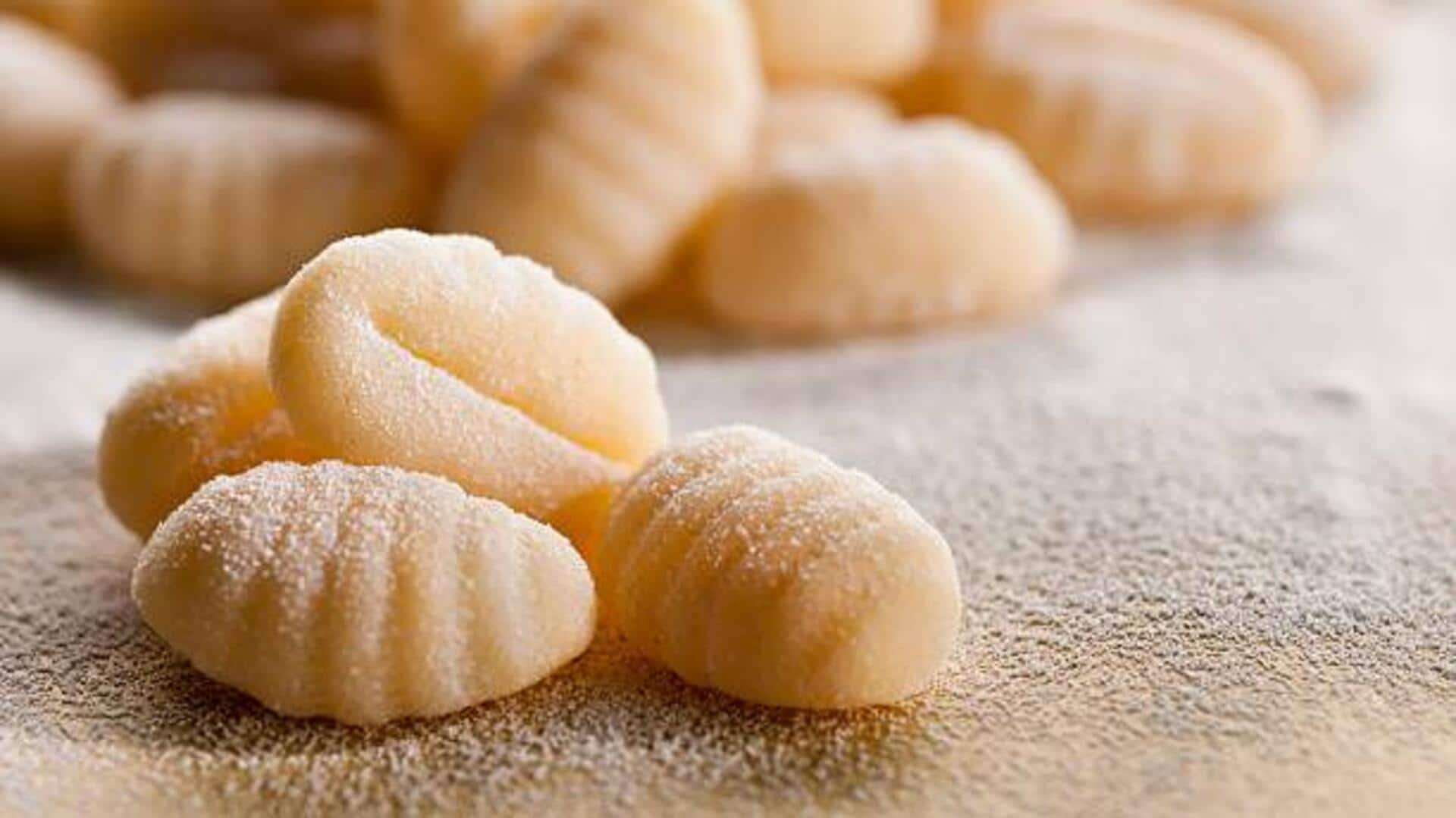
From ancient Rome to your plate: The history of gnocchi
What's the story
Gnocchi, a beloved Italian dish, has a rich history, dating back to ancient Rome. Originally, these dumplings were made from semolina dough mixed with eggs, but they have changed a lot over the centuries. Today, they are mostly made from potatoes and flour, highlighting the versatility of this classic dish. The evolution of gnocchi is a testimony of cultural exchanges and culinary innovation.
Early days
Ancient Roman beginnings
In ancient Rome, gnocchi were made with semolina or wheat flour mixed with water. These primitive forms were basic but filling, serving as food for many. The Romans appreciated gnocchi for its adaptability and effortless cooking process. This basic recipe formed the basis of future variations as it traveled through territories.
New ingredient
Introduction of potatoes
The 16th century marked a turning point for gnocchi when potatoes were introduced in Europe. Potatoes became a staple ingredient because they were available and inexpensive. This revolutionized the texture and flavor profile of gnocchi, making them softer and more delicious. Potato-based gnocchi soon became a hit across Italy.
Diverse styles
Regional variations emerge
As gnocchi spread through Italy, it started getting regional variations. In some regions, ricotta cheese was added to the dough for richness. Others used different flours or herbs to get distinct flavors. These different styles represent local tastes and traditions while being true to the essence of traditional gnocchi.
Contemporary twists
Modern-day adaptations
In the world of culinary innovation, today's chefs are reimagining gnocchi beyond recognition. They are adding unique ingredients like spinach and pumpkin into the dough to create a mind-blowing taste. Further, to cater to dietary requirements without compromising on taste or texture, gluten-free options are being investigated. Chefs are using alternative flours such as rice and chickpea flour, so everyone can enjoy this classic dish.